02/10/2025 ICW Day 41 : A Double Edged Wind
We started early, chasing the morning tide, which was higher than the night before. Sure enough, the boat was floating, bumping into the trees. Luckily, it had not tried to escape without us. We launched in a hurry, then settled into chores that we normally do before launching; the southerly wind giving us a free push as we got organized.
As the day warmed, I made some last-minute routing decisions, relying on my best guess about how the currents would behave. My predictions were far from perfect, but accurate enough to keep us moving over the currents. Still, I botched one call (there was a possible shortcut across a shallow bay, the tide would have been high enough to sneak through in a straight line). Instead, we followed the deep water channel - the first leg downwind and current, but to get back into the next channel, we had to pedal with everything we had, trying to break free from a brutal headwind and current that felt like climbing a 45 degree ice slope. We’d been using the sail, but the brute-force-head-on-pedal-method turned out to be the only way through.
After that battle, the sailing grew smoother. Eventually, it got so hot, I stripped down and dove in for a swim, something I hadn’t done since the Keys.
Feeling fast and confident, we decided to press on. “If we catch the following current after crossing Sapelo Inlet,” I thought, “we might even reach Saint Catherine’s Beach by 5 p.m.” That would be a huge day, but might as well get it while you can. Janet was up for this ambitious plan.
We cruised along under the warm sun, the tailwind steady and comforting—until suddenly, we spotted dark clouds gathering ahead. The forecast had promised nothing serious, but we didn’t trust it. We suited up: rain gear, life jackets. A thin layer of tension settled over us.
In a moment, it hit. A raging wind slammed into us—straight from the opposite direction. As if on cue, the rudder cable pulled loose, just like it had on day two. The boat careened towards the opposite shore of the narrow channel, the fierce, dark sky shoving us straight toward shore.
We’d already been scouting for a campsite, but around here, “shore” means ankle-deep mud coated with sharp oyster shells. Climb the sharp ridge of shells, and on the other side you find more mud, tangled with stubborn marsh grass. Solid ground that would still be dry at night was an unlikely find.
Janet screamed over the gale, “Let’s stay here!!”
The boat was smashing into the muddy bank with each wave, the hull shuddering under the assault. My instincts screamed back: let’s get out of here—now.
Ignoring Janet’s pleas, I scrambled to the stern, fighting the boat’s wild bucking to repair the rudder. My hands shook from adrenaline—as I wrestled the cable back into place, grateful for the lesson on rudder repair learned on day two.
Next, I jumped to shore half-hoping I could shove us back into open water.
I sank to my crotch in mud.
Panic crept in. I flipped into autopilot. “JANET—CONTROL THE RUDDER!” I shouted, voice raw against the torturous wind. Waist-deep in sucking, sticky mud, I heaved with everything I had. The boat lurched a foot from shore. Turns out, that was all we needed.
Janet held the rudder steady, the sail straining under the force of the 30-knot gusts. She sailed us away from the shore! Oddly enough, the very wind pinning us down was also our only shot at escape.
With a desperate push, I dragged myself onto the boat, a mud-caked mess. I slammed the daggerboard down. “LEFT!” I yelled, and Janet steered us fast into deeper water.
We pedaled like hell.
The boat surged free, slicing into open water once again.
But the fight wasn’t over. Janet wanted to reduce the sail. I didn’t. We argued. I wanted to get to safety as fast as possible. She womanned the rudder, her face fearful but set with determination. I leaned out over the windward side, using my body weight to keep us from capsizing.
We screamed over the water at six knots, battling into a three-knot current. The mast groaned under the strain, but we held our course.
Eventually, Janet won the battle of wills. I reefed the sail—and to my surprise, we didn’t lose speed. In fact, we held strong, racing back toward a beach we’d passed miles earlier.
We aimed for the eastern shore, hoping the lee side would offer shelter. But disappointment met us there: more mud, more shells.
We hauled the boat out, but the work was not done yet. The rising tide demanded attention every twenty minutes, threatening to pull the boat back out to sea.
We tried setting up the tent on a patch or cracked mud, but the wind bullied it flat. Janet wanted to sit inside the collapsed shelter, but finally we agreed to an exploratory tromp across a sticky mud flat to a cluster of trees.
I sloshed through the muck to investigate. The patch of ground was discouraging, but with some effort, I cleared a spot. I hacked away branches, stomped brambles, and yes, kicked a few cactus plants out of the way. (You read that right. Cactus.)
Janet lugged over the food bucket, and we set up camp, both of us exhausted, hungry, and filthy.
Later, I checked the boat—despite dragging it far from the water, it was floating again. I disassembled it even more, wrestling it up onto the shell ridge, positioning it parallel to shore so it wouldn’t slide back down.
Back at the tent, it was a mud-washing extravaganza. Every muscle in my body could feel the day’s effort. Small cuts were found on the bottoms of my feet from walking on shells, and on our shins from walking though the Punji Stick field. Inside, the tent was warm and dry. The wind roared in the trees, but the tent held steady. For the first time all day, we could breathe.
We pulled out our phones, studying maps, searching for a boat ramp near a hotel in Savannah. More bad weather was coming.
To my surprise, there weren’t any hotels close to the ramps.
But that will be a struggle for another day.
As the day warmed, I made some last-minute routing decisions, relying on my best guess about how the currents would behave. My predictions were far from perfect, but accurate enough to keep us moving over the currents. Still, I botched one call (there was a possible shortcut across a shallow bay, the tide would have been high enough to sneak through in a straight line). Instead, we followed the deep water channel - the first leg downwind and current, but to get back into the next channel, we had to pedal with everything we had, trying to break free from a brutal headwind and current that felt like climbing a 45 degree ice slope. We’d been using the sail, but the brute-force-head-on-pedal-method turned out to be the only way through.
After that battle, the sailing grew smoother. Eventually, it got so hot, I stripped down and dove in for a swim, something I hadn’t done since the Keys.
Feeling fast and confident, we decided to press on. “If we catch the following current after crossing Sapelo Inlet,” I thought, “we might even reach Saint Catherine’s Beach by 5 p.m.” That would be a huge day, but might as well get it while you can. Janet was up for this ambitious plan.
We cruised along under the warm sun, the tailwind steady and comforting—until suddenly, we spotted dark clouds gathering ahead. The forecast had promised nothing serious, but we didn’t trust it. We suited up: rain gear, life jackets. A thin layer of tension settled over us.
In a moment, it hit. A raging wind slammed into us—straight from the opposite direction. As if on cue, the rudder cable pulled loose, just like it had on day two. The boat careened towards the opposite shore of the narrow channel, the fierce, dark sky shoving us straight toward shore.
We’d already been scouting for a campsite, but around here, “shore” means ankle-deep mud coated with sharp oyster shells. Climb the sharp ridge of shells, and on the other side you find more mud, tangled with stubborn marsh grass. Solid ground that would still be dry at night was an unlikely find.
Janet screamed over the gale, “Let’s stay here!!”
The boat was smashing into the muddy bank with each wave, the hull shuddering under the assault. My instincts screamed back: let’s get out of here—now.
Ignoring Janet’s pleas, I scrambled to the stern, fighting the boat’s wild bucking to repair the rudder. My hands shook from adrenaline—as I wrestled the cable back into place, grateful for the lesson on rudder repair learned on day two.
Next, I jumped to shore half-hoping I could shove us back into open water.
I sank to my crotch in mud.
Panic crept in. I flipped into autopilot. “JANET—CONTROL THE RUDDER!” I shouted, voice raw against the torturous wind. Waist-deep in sucking, sticky mud, I heaved with everything I had. The boat lurched a foot from shore. Turns out, that was all we needed.
Janet held the rudder steady, the sail straining under the force of the 30-knot gusts. She sailed us away from the shore! Oddly enough, the very wind pinning us down was also our only shot at escape.
With a desperate push, I dragged myself onto the boat, a mud-caked mess. I slammed the daggerboard down. “LEFT!” I yelled, and Janet steered us fast into deeper water.
We pedaled like hell.
The boat surged free, slicing into open water once again.
But the fight wasn’t over. Janet wanted to reduce the sail. I didn’t. We argued. I wanted to get to safety as fast as possible. She womanned the rudder, her face fearful but set with determination. I leaned out over the windward side, using my body weight to keep us from capsizing.
We screamed over the water at six knots, battling into a three-knot current. The mast groaned under the strain, but we held our course.
Eventually, Janet won the battle of wills. I reefed the sail—and to my surprise, we didn’t lose speed. In fact, we held strong, racing back toward a beach we’d passed miles earlier.
We aimed for the eastern shore, hoping the lee side would offer shelter. But disappointment met us there: more mud, more shells.
We hauled the boat out, but the work was not done yet. The rising tide demanded attention every twenty minutes, threatening to pull the boat back out to sea.
We tried setting up the tent on a patch or cracked mud, but the wind bullied it flat. Janet wanted to sit inside the collapsed shelter, but finally we agreed to an exploratory tromp across a sticky mud flat to a cluster of trees.
I sloshed through the muck to investigate. The patch of ground was discouraging, but with some effort, I cleared a spot. I hacked away branches, stomped brambles, and yes, kicked a few cactus plants out of the way. (You read that right. Cactus.)
Janet lugged over the food bucket, and we set up camp, both of us exhausted, hungry, and filthy.
Later, I checked the boat—despite dragging it far from the water, it was floating again. I disassembled it even more, wrestling it up onto the shell ridge, positioning it parallel to shore so it wouldn’t slide back down.
Back at the tent, it was a mud-washing extravaganza. Every muscle in my body could feel the day’s effort. Small cuts were found on the bottoms of my feet from walking on shells, and on our shins from walking though the Punji Stick field. Inside, the tent was warm and dry. The wind roared in the trees, but the tent held steady. For the first time all day, we could breathe.
We pulled out our phones, studying maps, searching for a boat ramp near a hotel in Savannah. More bad weather was coming.
To my surprise, there weren’t any hotels close to the ramps.
But that will be a struggle for another day.
Photos:

Boat. Pulled out of the water.. for now.
Noticing how much the water came up on a short time.

The boat finally settled for the night (this picture is actually from day 42 (the next morning)). Notice Janet is packing up and getting things ready to go.

Our first attempt at erecting the tent failed. Janet wanted to huddle in the flattened tent. We finally agreed to walk across the mud flat to that cluster of trees in the background. They would be our salvation. Photo credit to Janet.

Relocating the boat to a less steep beach. Janet is carrying the sail. This is actually a photo from day 42.

Janet took this photo of our sheltered spot after we cleared the detritus and removed branches, weeds, and cacti.

This is the weather forecast that we woke up to. Not very bad… or very accurate
Strava Comments:
Janet W.
You worked so hard to get us through the rough wind and sea conditions. Once we figured out that the strong winds would last through the night, I’m glad we set up camp in the trees.
Jennifer G.
What an exciting day! I enjoyed reading about your strength and fortitude and decision making process which finally landed you in your warm dry tent.
Deb J.
This story was so captivating to read, especially since it’s snowing here! You’re an excellent writer!
Ann L.
Your description reads like an adventure novel. Glad you and Janet are ok!
Mark G.
Quit an epic B&J Sufferfest. Nirvana is closer for sure.
Judy I.
That day was a real nail-biter! 😬Hope it’s easier tomorrow! 🤞
Ride Stats:
| Elapsed Time | Moving Time | Distance | Average Speed | Max Speed | Elevation Gain | Calories Burned |
|---|---|---|---|---|---|---|
|
10:59:01
hours
|
10:04:54
hours
|
60.74
km
|
6.03
km/h
|
12.24
km/h
|
238.00
meters
|
2,322
kcal
|








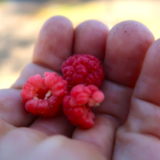
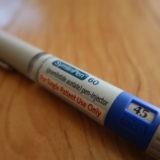
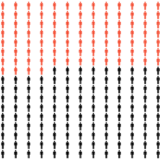
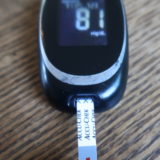
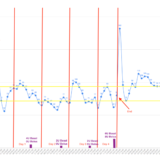


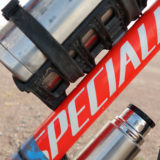
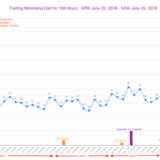
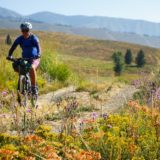
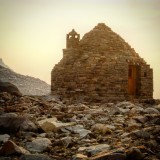
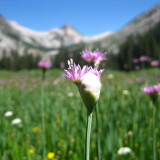
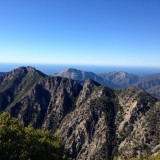
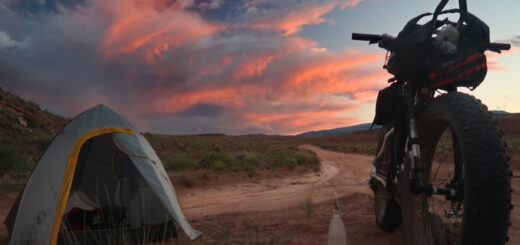
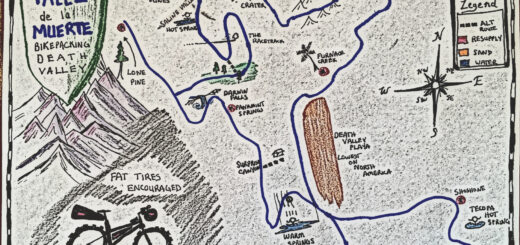
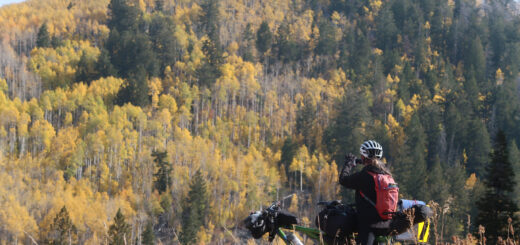
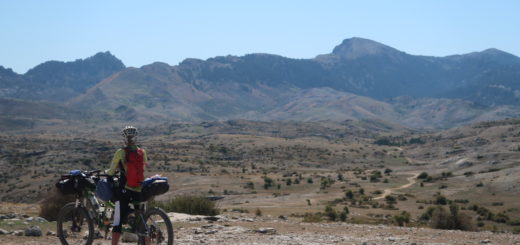
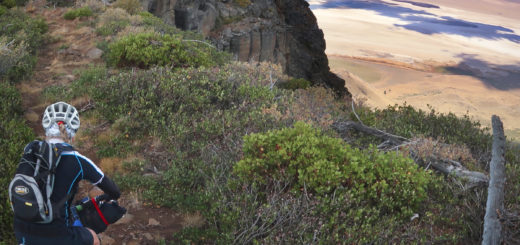
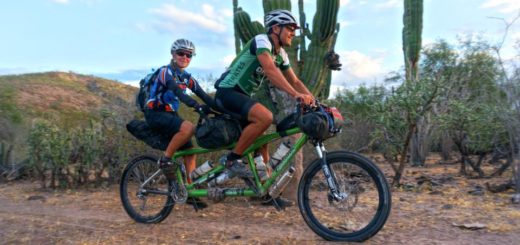
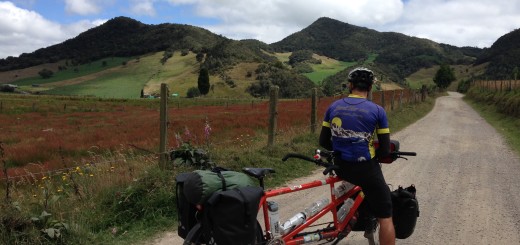
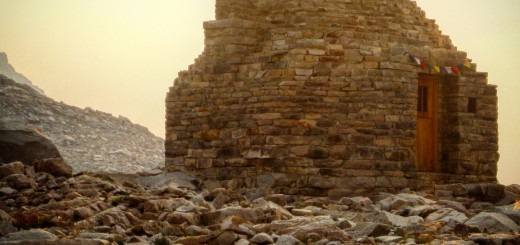
I do love Savanah. I hope you find some respite there.